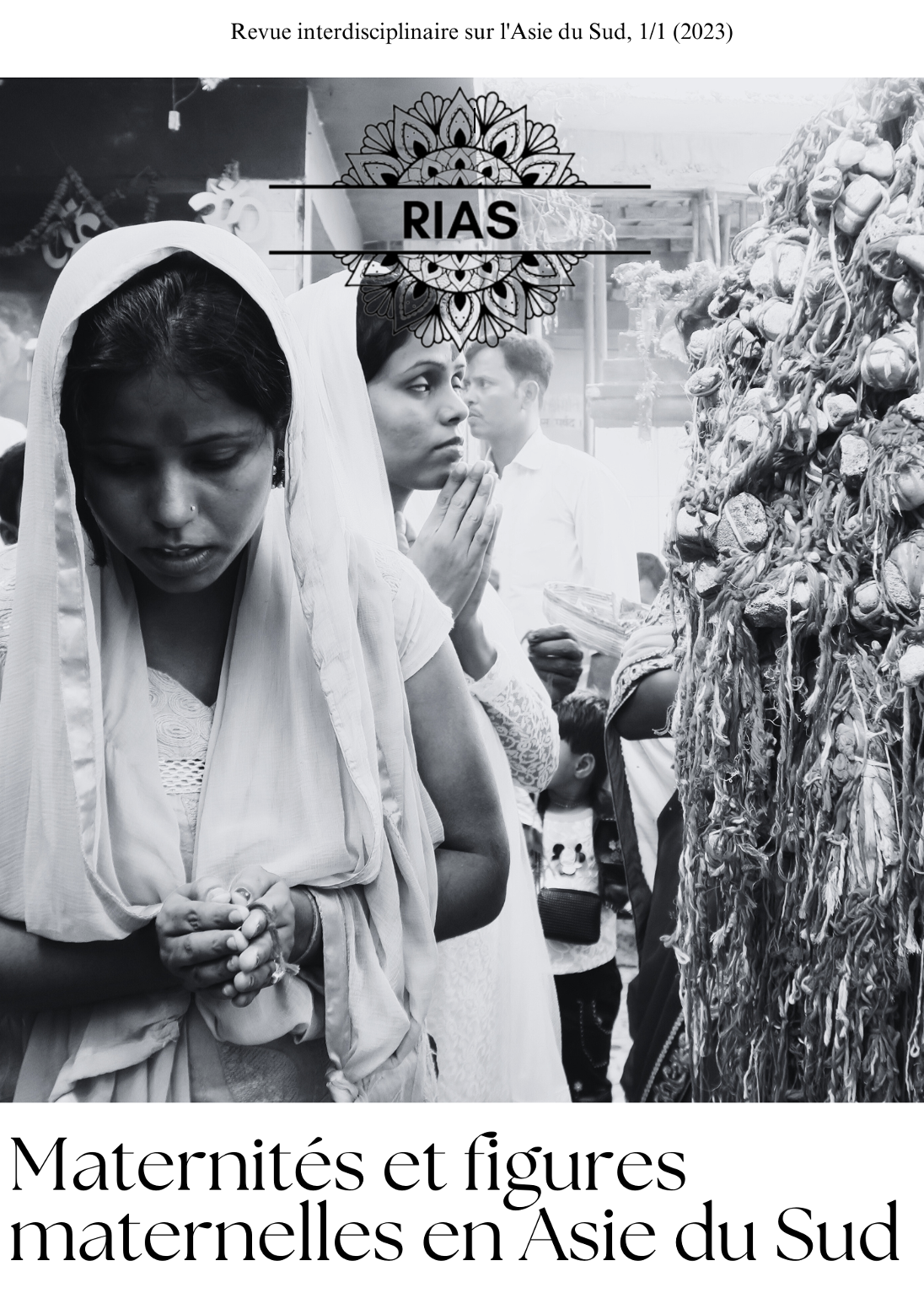Le rôle des femmes dans le rituel d’adoption de l’arbre : une question de point de vue
Published 2023-11-07
Keywords
- women,
- empowerment,
- purāṇa,
- adoption,
- tree
- salvation,
- soteriology,
- dharmanibandha,
- skandapurāṇa,
- ritual ...More
How to Cite
Copyright (c) 2023 Interdisciplinary Journal on South Asia

This work is licensed under a Creative Commons Attribution-NonCommercial-NoDerivatives 4.0 International License.
Abstract
The Skandapurāṇa, in its chapters 158-162, describes an atypical ritual : the adoption of a tree as a real son. The theoretical basis and the liturgy of this rite are taught by Śiva himself to Pārvatī who decides, with his consent, to follow this prescription. Three nibandhakāras — Lakṣmīdhara, Hemādri and Madanasiṁha — quote this ritual within their compilations, which implies that sonless women may have performed this ritual between the seventh and the fifteenth century. The performance of the ritual seems to empower the woman who performs it by freeing her from the obligation to have a son. As the stated benefit of the tree adoption is to save the adoptive father from hells, the woman would actually be rather the instrument of her husband’s salvation. But if this is really the case, why does Pārvatī adopt a tree? Which is exactly the benefit of tree adoption ritual and who is its recipient? In order to determine the function and the recipient of the tree adoption ritual, I successively analyse the prescriptive teaching of Śiva (SP158), its implementation by Pārvatī (SP162) and the quotations of these two chapters in the compilations. By these three different perspectives, I show that the understanding of the scope of a ritual depends on its context.


